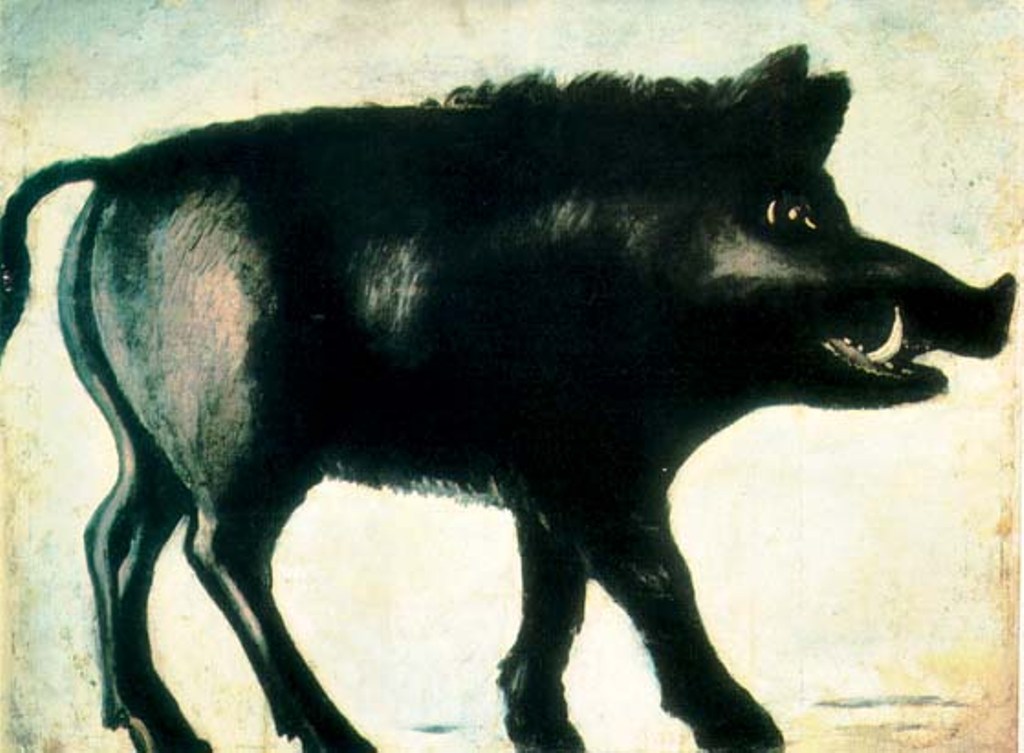|
List Of Archaeological Sites In County Fermanagh
List of archaeological sites in County Fermanagh, Northern Ireland: __NOTOC__ A * Aghaherrish, Counterscarp rath, grid ref: H1312 4467 *Aghahoorin, Bivallate rath, grid ref: H1185 4573 * Aghakillymaud, Court tomb, grid ref: H2730 3097 * Aghalane Castle, in Killycloghan townland, grid ref: H3410 2000 * Aghaleague, Counterscarp rath, grid ref: H2338 6448 * Aghameelan, Two standing stones, grid ref: H0876 5509 *Aghanaglack, Dual court tomb: Giant’s Grave, grid ref: H0981 4358 *Aghanaglack, Cashel, grid ref: H1113 4361 *Aghanaglack, Cave adapted for use as a Souterrain, grid ref: H1085 4357 *Aghanaglack, Cross-shaft and base, grid ref: H1083 4351 * Aghatirourke, Platform rath, grid ref: H1708 3237 * Aghatirourke, Standing stone, grid ref: H1702 3225 * Aghatirourke, Pre-historic enclosure, grid ref: H1692 3196 * Annaghmore Glebe, Cairn kerb: Druid’s Temple, grid ref: H4266 2007 * Ardshankill, Bivallate rath, grid ref: H1048 6330 * Ardvarny East, Counterscarp rath, grid ref: H2 ... [...More Info...] [...Related Items...] OR: [Wikipedia] [Google] [Baidu] |
County Fermanagh
County Fermanagh ( ; ) is one of the thirty-two counties of Ireland, one of the nine counties of Ulster and one of the six counties of Northern Ireland. The county covers an area of 1,691 km2 (653 sq mi) and has a population of 61,805 as of 2011. Enniskillen is the county town and largest in both size and population. Fermanagh is one of four counties of Northern Ireland to have a majority of its population from a Catholic background, according to the 2011 census. Geography Fermanagh is situated in the southwest corner of Northern Ireland. It spans an area of 1,851 km2 (715 sq; mi), accounting for 13.2% of the landmass of Northern Ireland. Nearly a third of the county is covered by lakes and waterways, including Upper and Lower Lough Erne and the River Erne. Forests cover 14% of the landmass (42,000 hectares). It is the only county in Northern Ireland that does not border Lough Neagh. The county has three prominent upland areas: * the expansive We ... [...More Info...] [...Related Items...] OR: [Wikipedia] [Google] [Baidu] |
Cairn
A cairn is a man-made pile (or stack) of stones raised for a purpose, usually as a marker or as a burial mound. The word ''cairn'' comes from the gd, càrn (plural ). Cairns have been and are used for a broad variety of purposes. In prehistoric times, they were raised as markers, as memorials and as burial monuments (some of which contained chambers). In modern times, cairns are often raised as landmarks, especially to mark the summits of mountains. Cairns are also used as trail markers. They vary in size from small stone markers to entire artificial hills, and in complexity from loose conical rock piles to elaborate megalithic structures. Cairns may be painted or otherwise decorated, whether for increased visibility or for religious reasons. A variant is the inuksuk (plural inuksuit), used by the Inuit and other peoples of the Arctic region of North America. History Europe The building of cairns for various purposes goes back into prehistory in Eurasia, ranging in s ... [...More Info...] [...Related Items...] OR: [Wikipedia] [Google] [Baidu] |
Black Pig's Dyke
The Black Pig's Dyke ( ga, Claí na Muice Duibhe) or Worm's Ditch ( ga, Claí na Péiste) is a series of discontinuous linear earthworks in southwest Ulster and northeast Connacht, Ireland. Remnants can be found in north County Leitrim, north County Longford, County Cavan, County Monaghan and County Fermanagh (see the map below). Sometimes, the Dorsey enclosure in County Armagh and the Dane's Cast in County Down are considered to be part of the dyke. Similar earthworks can be found throughout Ireland, although the Black Pig's Dyke is the best known. A notable example is the Claidh Dubh ("black ditch"), anglicised Clyduff or Cleeduff, in eastern County Cork. It has three sections, the longest of which runs north–south for from the Ballyhoura Hills to the Nagle Mountains. __NOTOC__ Name In Counties Leitrim and Cavan, the earthworks are generally called the Black Pig's Dyke or Dike. In County Longford, it is called the Black Pig's Race, while in the Cavan–Monaghan border area ... [...More Info...] [...Related Items...] OR: [Wikipedia] [Google] [Baidu] |
Bigwood
Bigwood is an English surname. Notable people with the surname include: * Alfred Bigwood (1857–1940), English cricketer * Fiona Bigwood (born 1976), British equestrian * James Bigwood (1839–1919), English manufacturer and politician * Jessie Bigwood, lawyer {{surname English-language surnames ... [...More Info...] [...Related Items...] OR: [Wikipedia] [Google] [Baidu] |
Cist
A cist ( or ; also kist ; from grc-gre, κίστη, Middle Welsh ''Kist'' or Germanic ''Kiste'') is a small stone-built coffin-like box or ossuary used to hold the bodies of the dead. Examples can be found across Europe and in the Middle East. A cist may have been associated with other monuments, perhaps under a cairn or long barrow. Several cists are sometimes found close together within the same cairn or barrow. Often ornaments have been found within an excavated cist, indicating the wealth or prominence of the interred individual. This old word is preserved in the Nordic languages as "" in Swedish and "" in Danish and Norwegian, where it is the word for a funerary coffin. In English it is related to "cistern".''cistern'' Regional examples ;Sri Lanka * Bellanbedipalassa * Pothana * Ibbankatuwa Megalithic Stones * Udaranchamadama ;England * Bellever Forest, Dartmoor * Hepburn woods, Northumberland ;Estonia * Jõelähtme (Rebala) stone-cist graves, Harju County ;Gu ... [...More Info...] [...Related Items...] OR: [Wikipedia] [Google] [Baidu] |


